Optimal Timing for Foundation Repairs

Spring offers moderate temperatures and predictable weather, making it suitable for foundation repairs without extreme cold or heat.
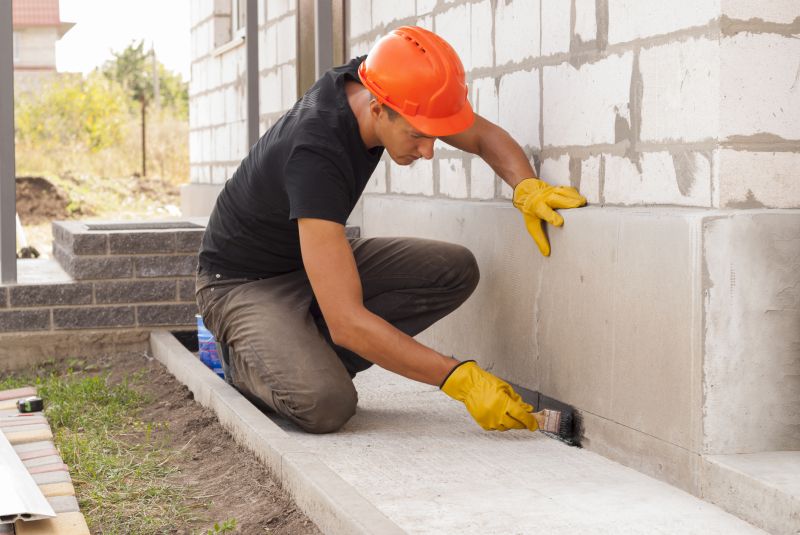
Warm weather allows for easier work conditions, but high humidity may affect certain repair materials and curing times.
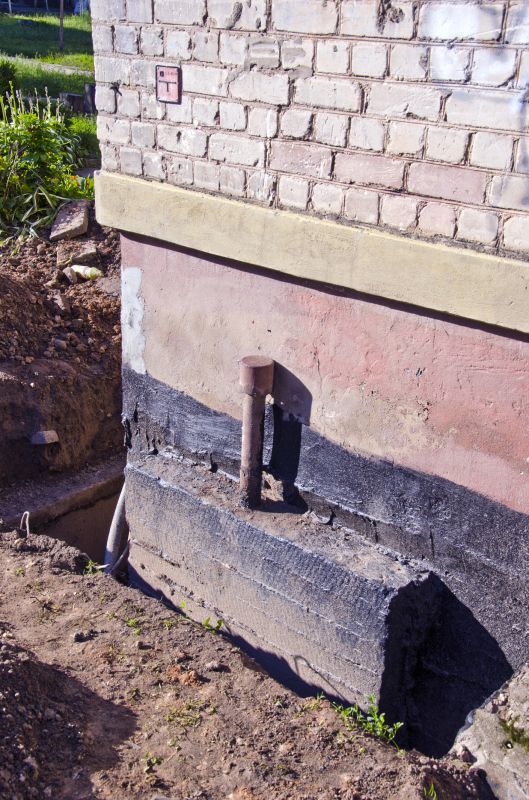
Fall provides cooler temperatures and less humidity, aiding in effective repair processes before winter.

Ways to make Foundation Repairs work in tight or awkward layouts.
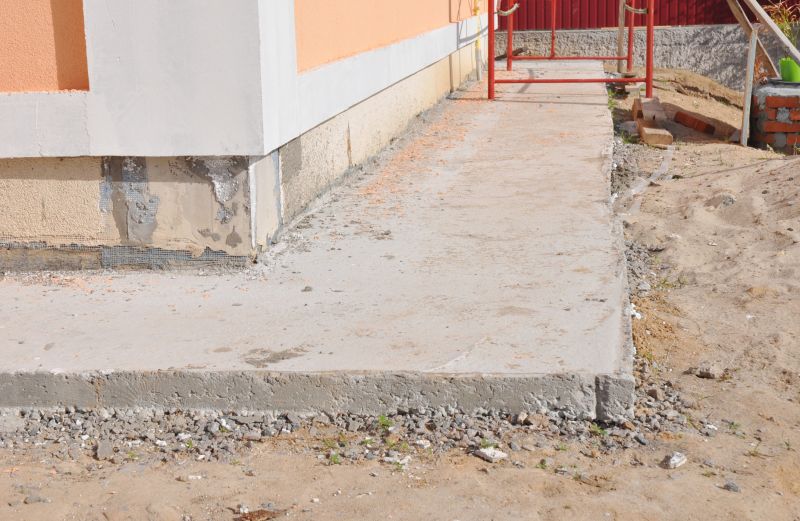
Popular materials for Foundation Repairs and why they hold up over time.
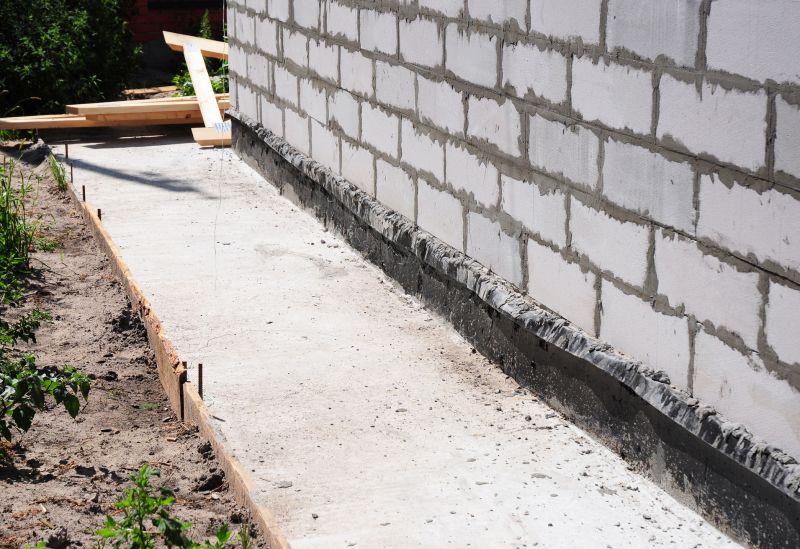
Simple add-ons that improve Foundation Repairs without blowing the budget.
Foundation repairs are essential for maintaining structural integrity and preventing further damage. The timing of repairs can influence their effectiveness and durability. Seasonal factors such as temperature, humidity, and ground conditions play a significant role in scheduling foundation work. Proper timing ensures materials cure correctly and minimizes disruptions caused by weather.
Statistics indicate that foundation issues are most commonly reported during periods of soil movement, which often correlates with seasonal changes. Approximately 60% of foundation problems arise during wet or freeze-thaw cycles, emphasizing the importance of choosing optimal times for repairs to ensure long-lasting results.
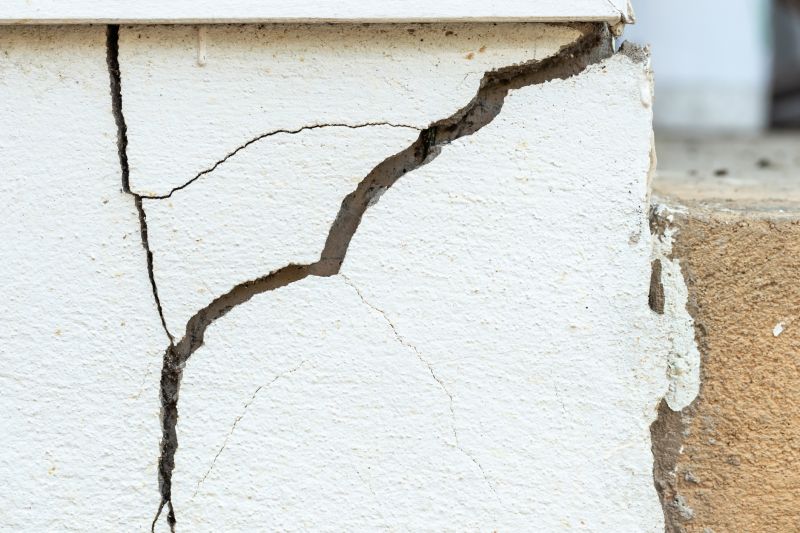
Addressing cracks early can prevent further structural issues and reduce repair costs.

Reinforcing piers during favorable weather conditions ensures stability and longevity.
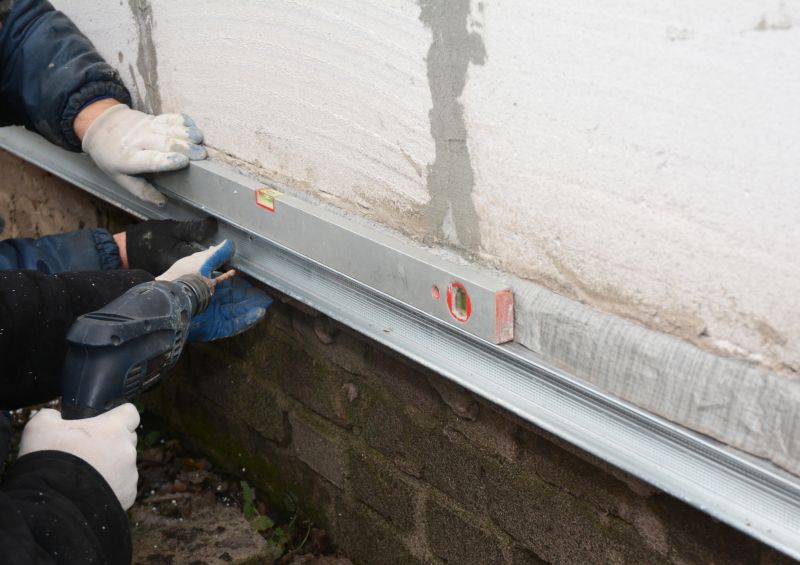
Proper soil stabilization techniques are most effective when ground conditions are stable.
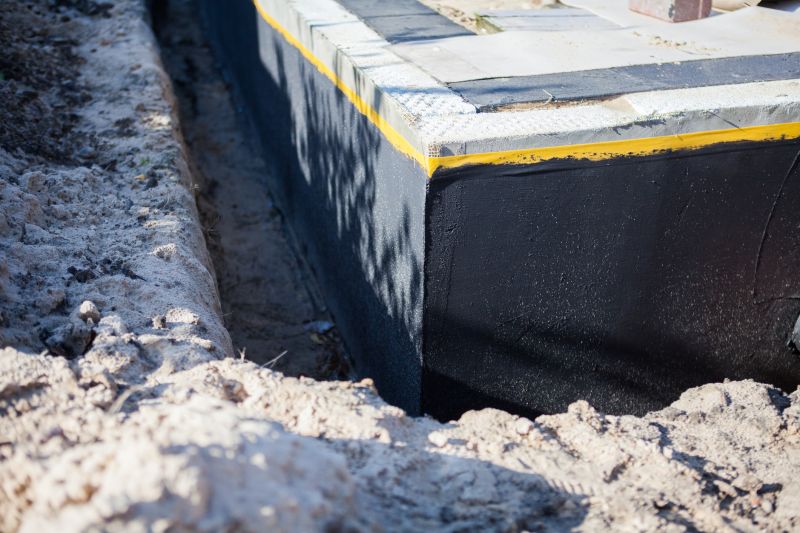
Applying waterproofing measures during dry seasons helps prevent water intrusion.
| Season | Recommended Activity |
|---|---|
| Spring | Inspection and minor repairs before soil expands. |
| Summer | Major repairs when ground is dry and stable. |
| Fall | Preparation for winter with foundation sealing. |
| Winter | Limited repairs; focus on inspections and planning. |
| Late Fall | Final repairs before ground freezes. |
Understanding the seasonal patterns affecting soil and ground conditions helps determine the most appropriate time for foundation repairs. Proper planning can lead to more effective outcomes, reducing the likelihood of future issues caused by ground movement or water infiltration.
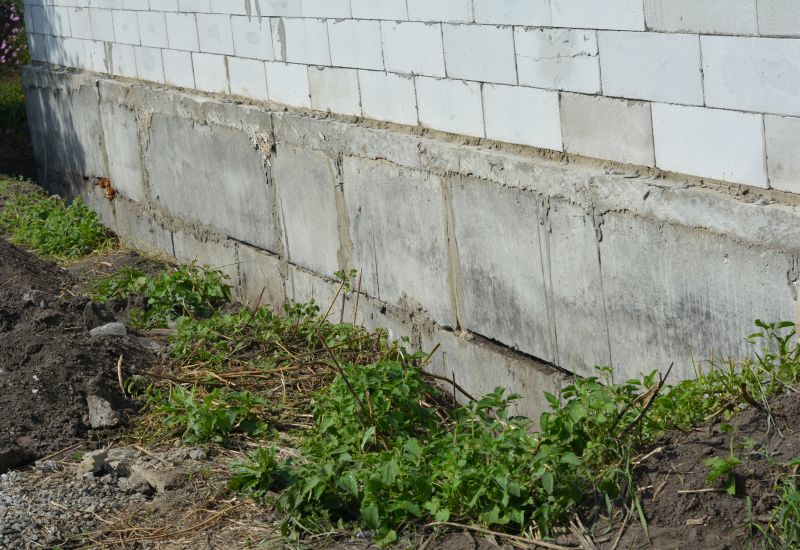
Regular inspections help identify issues early, especially after seasonal changes.
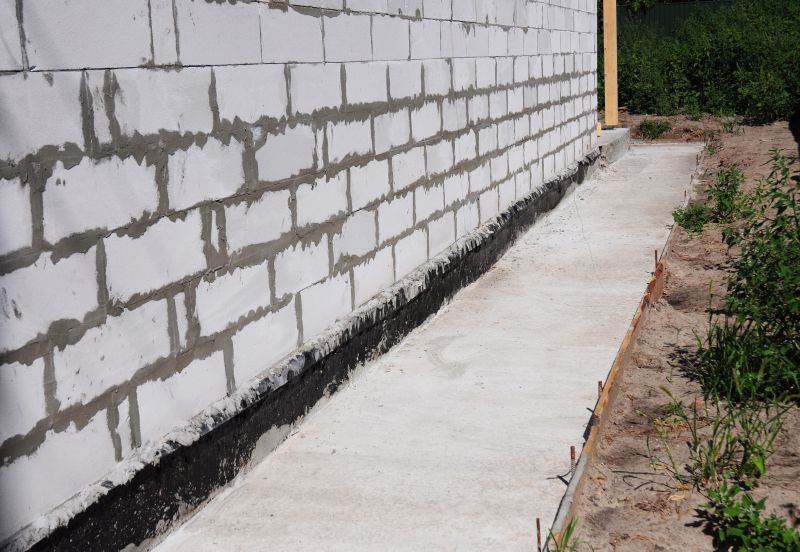
Implementing stabilization during optimal seasons enhances foundation support.
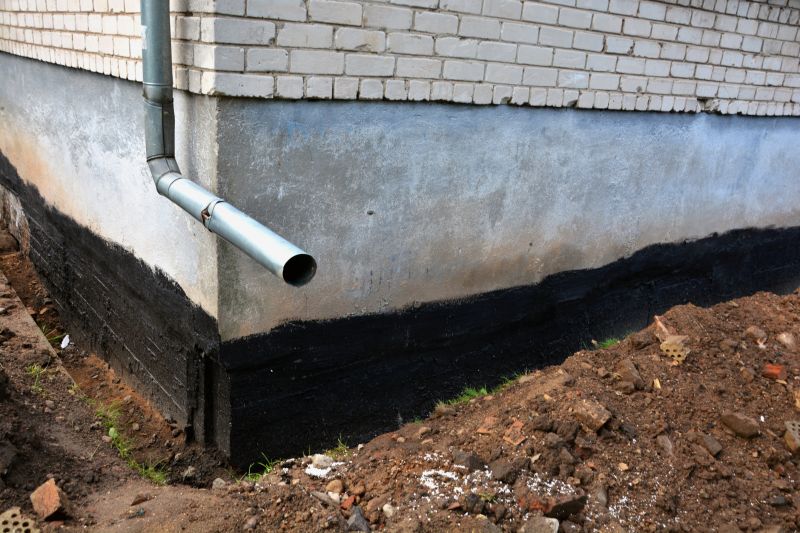
Proper drainage prevents water accumulation that can weaken foundations.

Sealing foundations during dry periods ensures better adhesion and protection.
Timely foundation repairs contribute to the long-term stability of structures. Recognizing the best seasons for different repair activities can lead to more efficient work, reduced costs, and improved durability of the foundation.
If foundation issues are suspected or visible, it is advisable to contact a foundation specialist for an assessment. Proper timing and professional intervention can prevent costly damages and preserve the structural integrity of a property.
High-end options that actually feel worth it for Foundation Repairs.
Finishes and colors that play nicely with Foundation Repairs.
Little measurements that prevent headaches on Foundation Repairs day.

